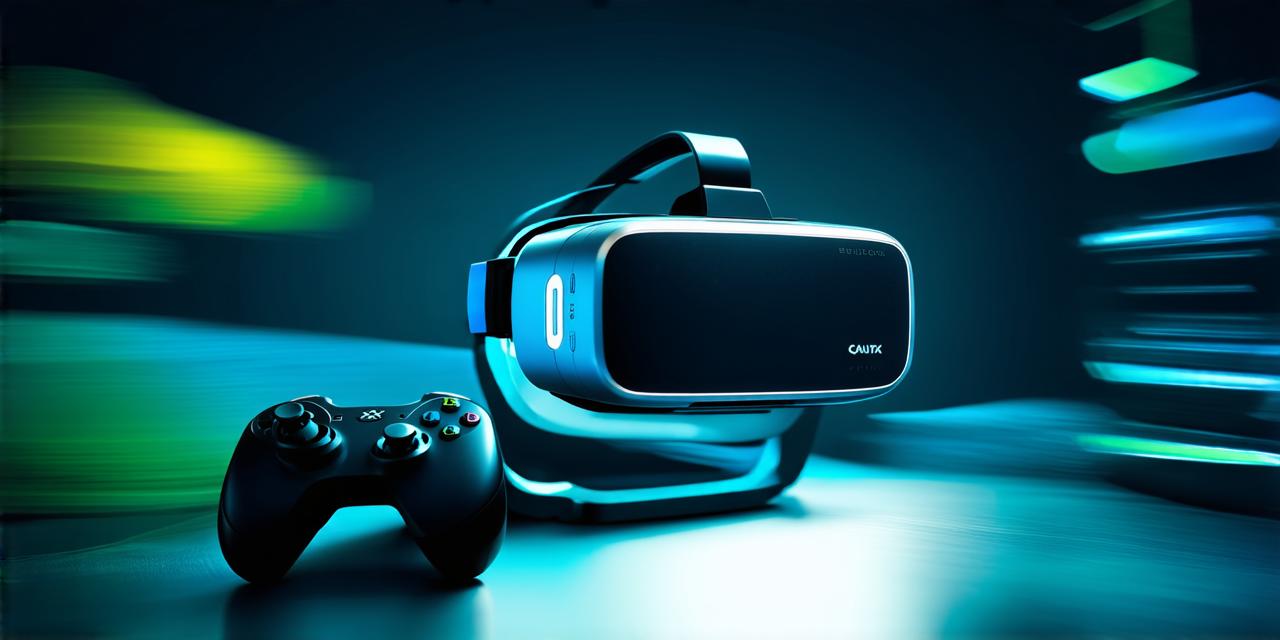Virtual reality (VR) is a technology that allows users to experience an immersive digital world. With VR, users can interact with objects in the virtual world as if they were real, and even physically move through this world.
What Is Virtual Reality?
Virtual reality refers to a computer-generated simulation of a physical environment. Users can interact with the virtual world using specialized devices such as headsets, gloves or hand controllers, and sensors that track movement. These devices work together to create an immersive experience for the user, making them feel like they are physically present in the virtual world.
How Does Virtual Reality Work?
Virtual reality works by rendering a 3D model of the environment onto two screens in front of the user’s eyes. These screens are then synchronized and presented to each eye, creating an illusion of depth and movement. This is known as stereoscopic display.
The VR headset also includes sensors that track the user’s head movement and adjust the image accordingly. This creates a sense of immersion and allows users to look around the virtual world as if they were physically present.
In addition, VR headsets can include other devices such as hand controllers or gloves that allow users to interact with objects in the virtual world. These devices use sensors to track movement and provide feedback to the user, allowing them to feel like they are physically touching objects.
Applications of Virtual Reality
Virtual reality has a wide range of potential applications across various industries. Some of the most promising areas for VR include:
- Gaming: Gaming is one of the most well-known and popular applications of virtual reality. With VR, users can experience immersive gaming environments that allow them to interact with the game in ways never before possible.
- Training and Education: Virtual reality can be used for training and education purposes by providing a safe and controlled environment for users to practice skills or learn new concepts. For example, medical students can use VR simulations to practice surgeries without risking patient safety, while pilots can use VR simulators to practice flying in a realistic environment.
- Tourism and Hospitality: Virtual reality can be used to create immersive travel experiences that allow users to explore different parts of the world from the comfort of their own homes. This has the potential to revolutionize the way people experience travel, making it more accessible and affordable.
- Architecture and Design: Virtual reality can be used in architecture and design to create realistic simulations of buildings and environments. This allows architects and designers to test and refine their designs before they are built, saving time and money in the long run.
- Therapy and Rehabilitation: Virtual reality can be used for therapy and rehabilitation purposes by providing a safe and controlled environment for patients to practice physical movements or mental exercises. For example, stroke victims can use VR simulations to practice their fine motor skills, while anxiety sufferers can use VR simulations to confront their fears in a controlled environment.
Case Studies of Virtual Reality in Action
Virtual Reality Training for Medical Students
The University of California, Los Angeles (UCLA) has developed a virtual reality simulation that allows medical students to practice surgeries without risking patient safety. The simulation is based on real-life surgical scenarios and provides realistic feedback to the students, helping them improve their skills and prepare for the real thing.
